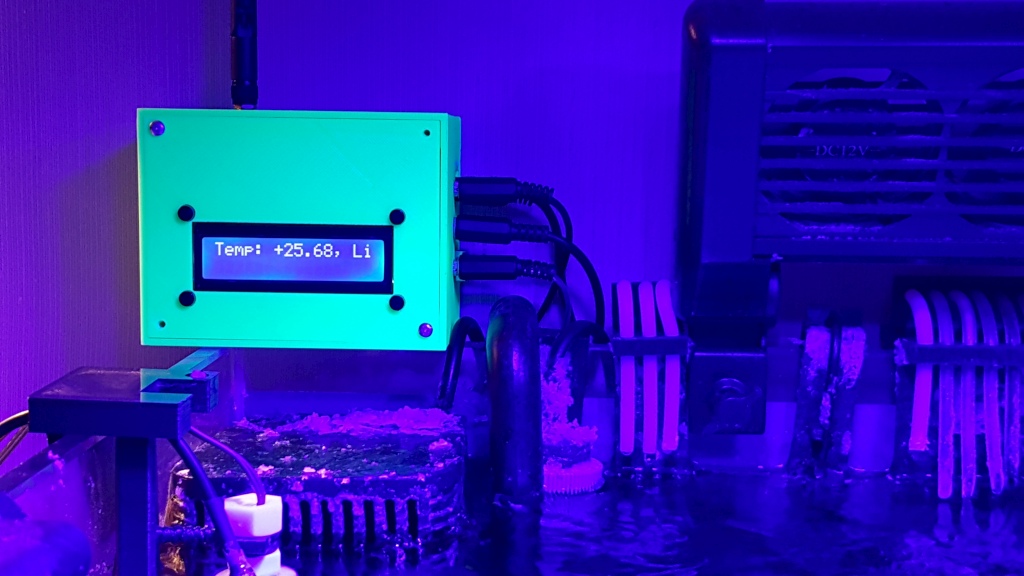- Joined
- Sep 3, 2016
- Messages
- 29
- Reaction score
- 18
This is an open source project I'm working on for a while, it's available here : https://github.com/reivaxy/aquaMonitor
I still have to write a "How-To" and some documentation for this project, but if you are interested don't hesitate to drop me a line
Its goal is to monitor a reef tank to check if the light level, temperature and water level are ok.
If they are not, it sends SMS alerts to registered mobile phones.
A lot of parameters are configurable by sending clear text SMS to the device, and you can also register or unregister more phone numbers to get the alerts.
I hope to avoid the lost of fishes, shrimps, and many corals I suffered one year ago when the power went out in my apartment while I was away. If I had been warned, I could have sent someone fix that.
Although I have already built two of these devices which are running right now monitoring two different tanks, it's still a work in progress with more ideas waiting to be implemented.
The main two are:
- check that the powerhead pumps are working. I need to design a sensor for that.
- wifi connection to share the GSM shield between several modules to lower costs and SIM card needs, and may be log measures to a webserver.
The cost is under $100, everything included. Of course you also need a SIM card, which in France is available for 2€/month with unlimited SMS plan, I don't know plans available otherwhere.
You don't need to have a 3D printer, you can obviously buy and use any case big enough, and set the sensor your own way.
The early prototype:

The device in its open case:

The device in action:

And another one:

Examples of SMS discussion with the device (Messages I sent are yellow, answers are blue):

I still have to write a "How-To" and some documentation for this project, but if you are interested don't hesitate to drop me a line
Its goal is to monitor a reef tank to check if the light level, temperature and water level are ok.
If they are not, it sends SMS alerts to registered mobile phones.
A lot of parameters are configurable by sending clear text SMS to the device, and you can also register or unregister more phone numbers to get the alerts.
I hope to avoid the lost of fishes, shrimps, and many corals I suffered one year ago when the power went out in my apartment while I was away. If I had been warned, I could have sent someone fix that.
Although I have already built two of these devices which are running right now monitoring two different tanks, it's still a work in progress with more ideas waiting to be implemented.
The main two are:
- check that the powerhead pumps are working. I need to design a sensor for that.
- wifi connection to share the GSM shield between several modules to lower costs and SIM card needs, and may be log measures to a webserver.
The cost is under $100, everything included. Of course you also need a SIM card, which in France is available for 2€/month with unlimited SMS plan, I don't know plans available otherwhere.
You don't need to have a 3D printer, you can obviously buy and use any case big enough, and set the sensor your own way.
The early prototype:

The device in its open case:

The device in action:

And another one:

Examples of SMS discussion with the device (Messages I sent are yellow, answers are blue):

Last edited:




















